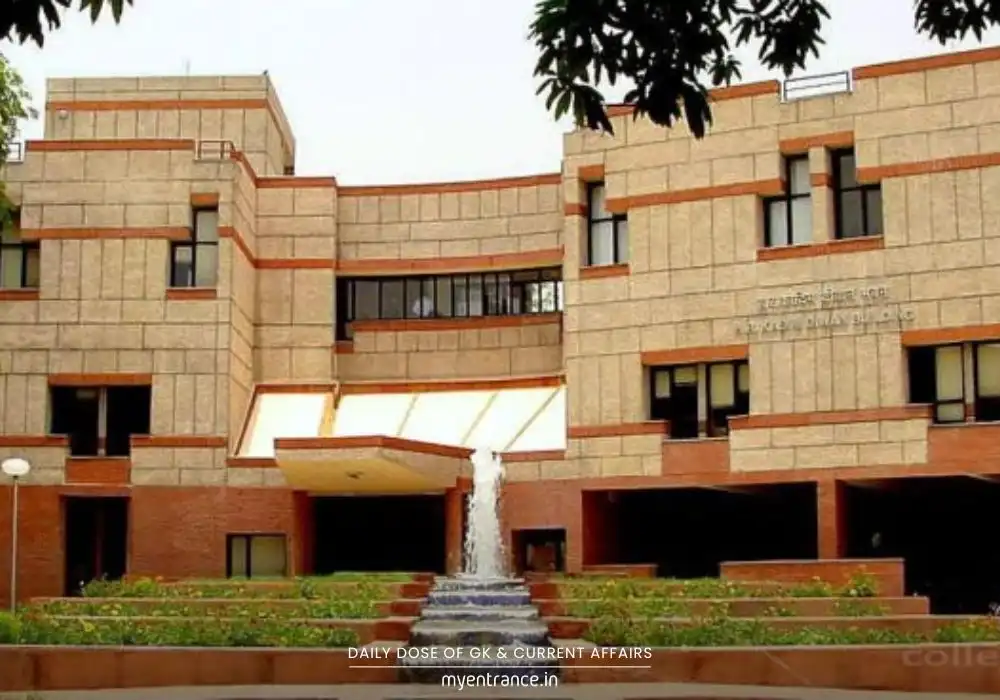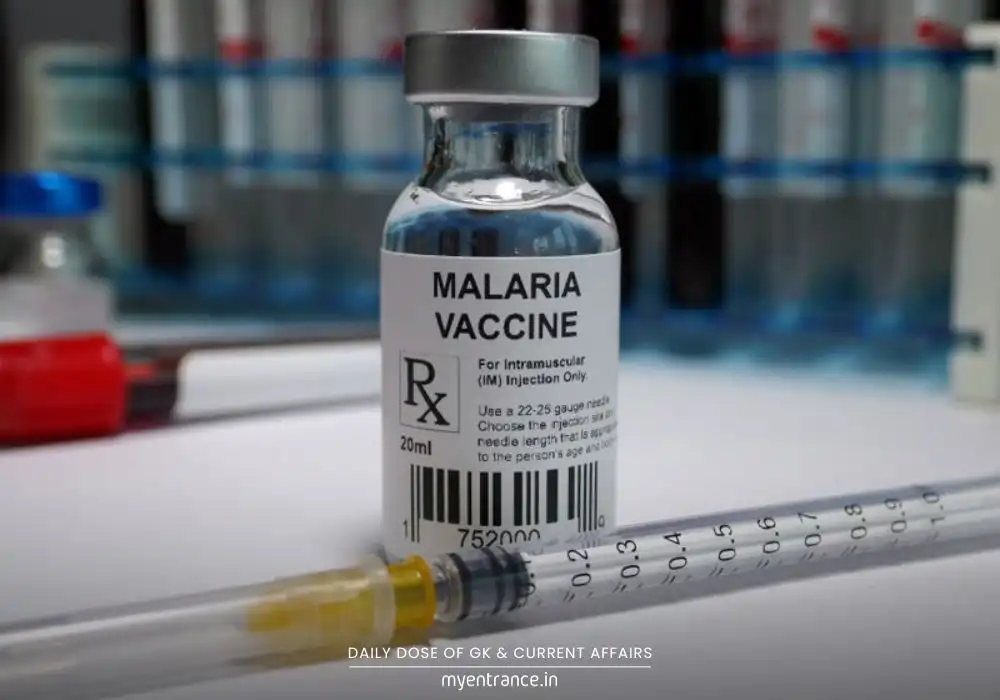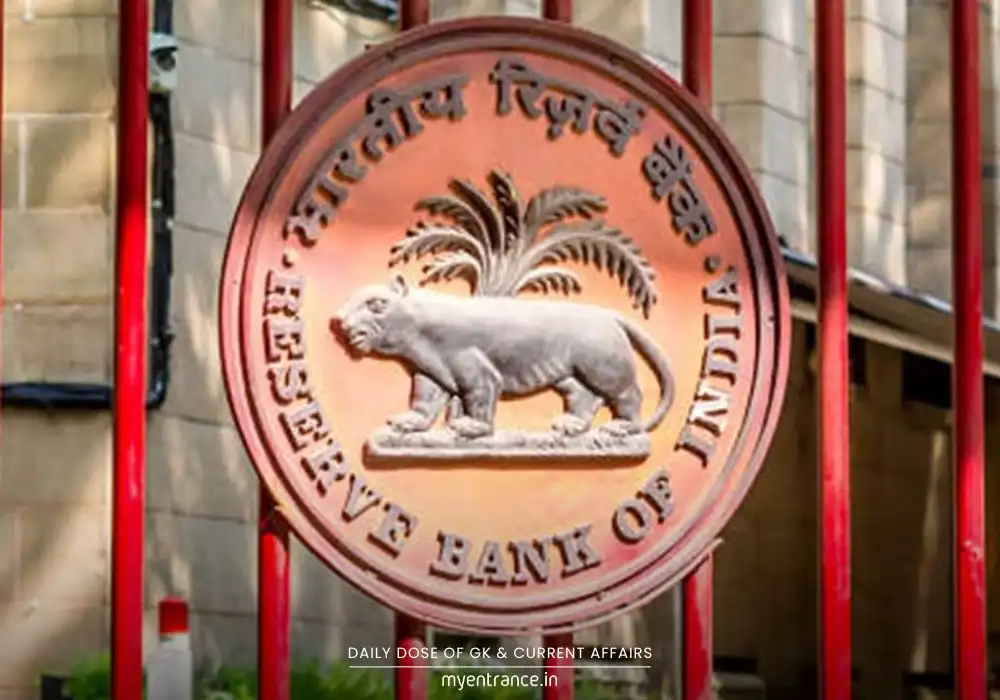Translate Language
Uttar Pradesh’s River Revival Scheme: How Does It Work?
Uttar Pradesh has taken a bold step to revive its disappearing and polluted rivers through a comprehensive rejuvenation scheme. Aligned with Namami Gange and Jal Jeevan Mission, this initiative focuses on restoring natural water flow, reducing pollution, and boosting groundwater levels. Let’s explore how it works and its impact so far.

UP’s River Revival Scheme: How Does It Work?
The Uttar Pradesh government has launched an ambitious river revival scheme to bring life back to 50 dying, polluted, and seasonal rivers across all 75 districts. This initiative is part of a larger 2019 plan to conserve small rivers and tributaries through coordinated efforts from multiple departments.
Key Strategies for River Rejuvenation:
Identifying Critical Rivers: Authorities have mapped rivers that were either dry, heavily polluted, or facing encroachment.
Sewage & Industrial Waste Treatment: Urban sewage is being diverted to Sewage Treatment Plants (STPs), while industrial waste is treated before release.
Biological Water Purification: Natural and scientific methods are being used to enhance water quality.
Check Dams & Desilting: These structures help sustain water flow, prevent soil erosion, and recharge groundwater.
Massive Afforestation Drives: Over 2.14 crore trees have been planted along 82 riverbanks to prevent floods and restore ecosystems.
Pond Restoration: 3,388 ponds have been built or reinforced to support agriculture and rural water needs.
Role of Technology & Institutions
Leading institutions like IIT Kanpur, IIT BHU, and IIT Roorkee are providing technical expertise to ensure sustainable revival. Additionally, divisional committees monitor progress to maintain efficiency.
Success Stories So Far
3,363 km of rivers have been rejuvenated.
1,011 Ganga gram panchayats now have revived water bodies.
Farmers benefit from improved irrigation and water access.
Rivers Under Revival:
Noon River (Kanpur)
Kukrail River (Lucknow)
Tilodki River (Ayodhya)
Pili River (Jaunpur)
Belan River (Sonbhadra)
Key Q&A on UP’s River Revival Scheme
1. What is the main goal of UP’s river revival scheme?
The scheme aims to restore 50 polluted and seasonal rivers by improving water flow, reducing pollution, and enhancing groundwater levels through sustainable methods.
2. How is sewage being managed under this initiative?
Sewage is being diverted to STPs (Sewage Treatment Plants), and industrial waste is treated before release into rivers to ensure cleaner water.
3. What role do local communities play in this project?
Villages in 1,011 Ganga gram panchayats are actively involved in reviving small water bodies, while afforestation drives engage locals in tree planting.
4. How does this scheme benefit farmers?
Revived rivers and ponds provide better irrigation access, ensuring consistent water supply for agriculture and livestock.
5. Which institutions are supporting UP’s river revival efforts?
IIT Kanpur, IIT BHU, BBAAU Lucknow, and IIT Roorkee are providing technical guidance to ensure scientific and sustainable restoration.
Uttar Pradesh’s river revival scheme is a major step toward ecological sustainability, benefiting both rural communities and urban areas. With continued efforts, this initiative could serve as a model for other states facing similar water crises.
For more updates on government schemes and exam-related news, stay tuned to MyEntrance.in – your one-stop destination for UPSC, SSC, PSC, NID, NIFT, KAS, and other entrance exam preparations!
Get 3 Months Free Access for SSC, PSC, NIFT & NID
Boost your exam prep!
Use offer code WELCOME28 to get 3 months free subscription. Start preparing today!















